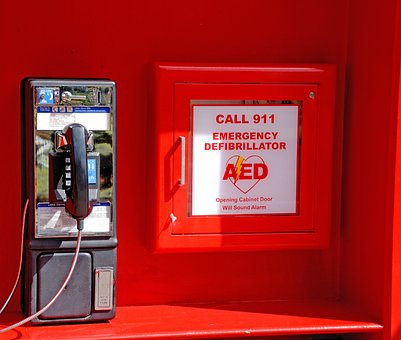What is Electrode?
Conductors that are utilised to make electrical contact with a non-metallic component of the circuit are known as electrodes. William Whewell was the first to use the term, which is derived from the Greek terms elektron, which means “amber,” and hodos, which means “a way.”
The electrophore, a device used to examine static electricity, was an earlier iteration of an electrode. Johan Wilcke is credited with creating it. An electrode is a location where current enters and exits the electrolyte, to make the idea easier for you to comprehend. Notably, metals are not a requirement for an electrode.
There are a few things we encounter when researching electrodes. Cathode and anode are the two terminologies that are frequently used. The current that exits the electrodes—also known as the cathode—occurs as a result of a reduction reaction occurring in an electrolyte solution. In this instance, the electrode releases electrons, and the surrounding solution is decreased.
Uses of Electrodes
Electrodes are mostly used to create electrical current and transfer it through non-metal things to essentially change them in various ways. Conductivity can also be measured using electrodes. Other applications include:
In addition to being employed in various battery types, welding, cathodic protection, membrane electrode assembly, chemical analysis, and Taser electroshock weapons, electrodes are also used in electroplating and electrolysis. Electrodes are also utilised in defibrillators, ECT, ECG, and other medical devices. In biomedical research, electrodes are also employed for electrophysiological methods.
Electrodes from Sentek
Testing with the selection of electrodes from Sentek is essential in scientific and research labs. Different applications demand for particular products, and different laboratory settings have distinct needs for electrode materials. Sentek provides a vast selection to serve this sector.
Our electrodes are appropriate for use in a wide range of laboratory applications, including the measurement of biological samples, medicines, rapidly varying temperatures, flat surfaces, viscous and non-aqueous materials, drinking water, wastewater, and much more.
